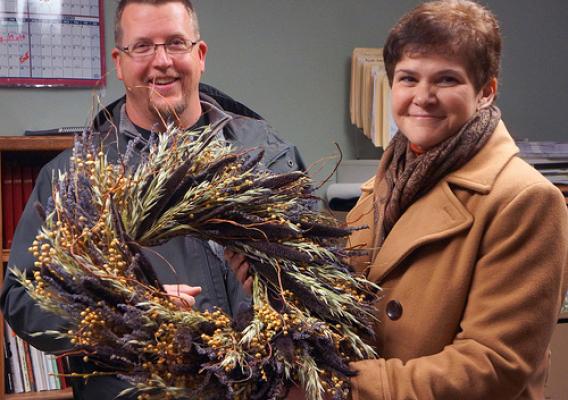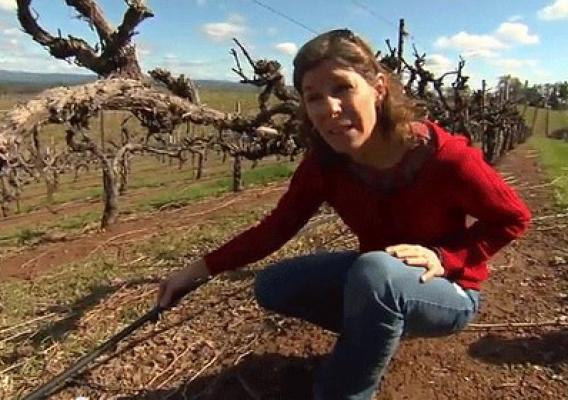Late last month it was my privilege to join representatives from multiple USDA agencies at Wisconsin’s Mole Lake Indian Reservation to discuss ways to work together, across agency lines, to provide needed services to Tribes. Thanks to funding support through the American Recovery and Reinvestment Act and other USDA programs, the Obama Administration has boosted federal support for Tribes, but now we are working to step up our effort even more, to work as one to support projects and initiatives that the Tribes have told us they support and need. As we observe Native American Heritage Month, it is important to note that this effort is consistent with Secretary Vilsack’s “One USDA” policy. The intention is to have “one USDA speaking with one voice.”
Because we are such a large department, sometimes those seeking services just don’t know where to start. At USDA we are moving to unify our brand identity and broaden our outreach. We know that when a member of a Tribe approaches a USDA representative, they don’t want a process. They want an answer, and we should be giving them answers from all of our agencies. That was the message I shared with my USDA colleagues at Mole Lake.










